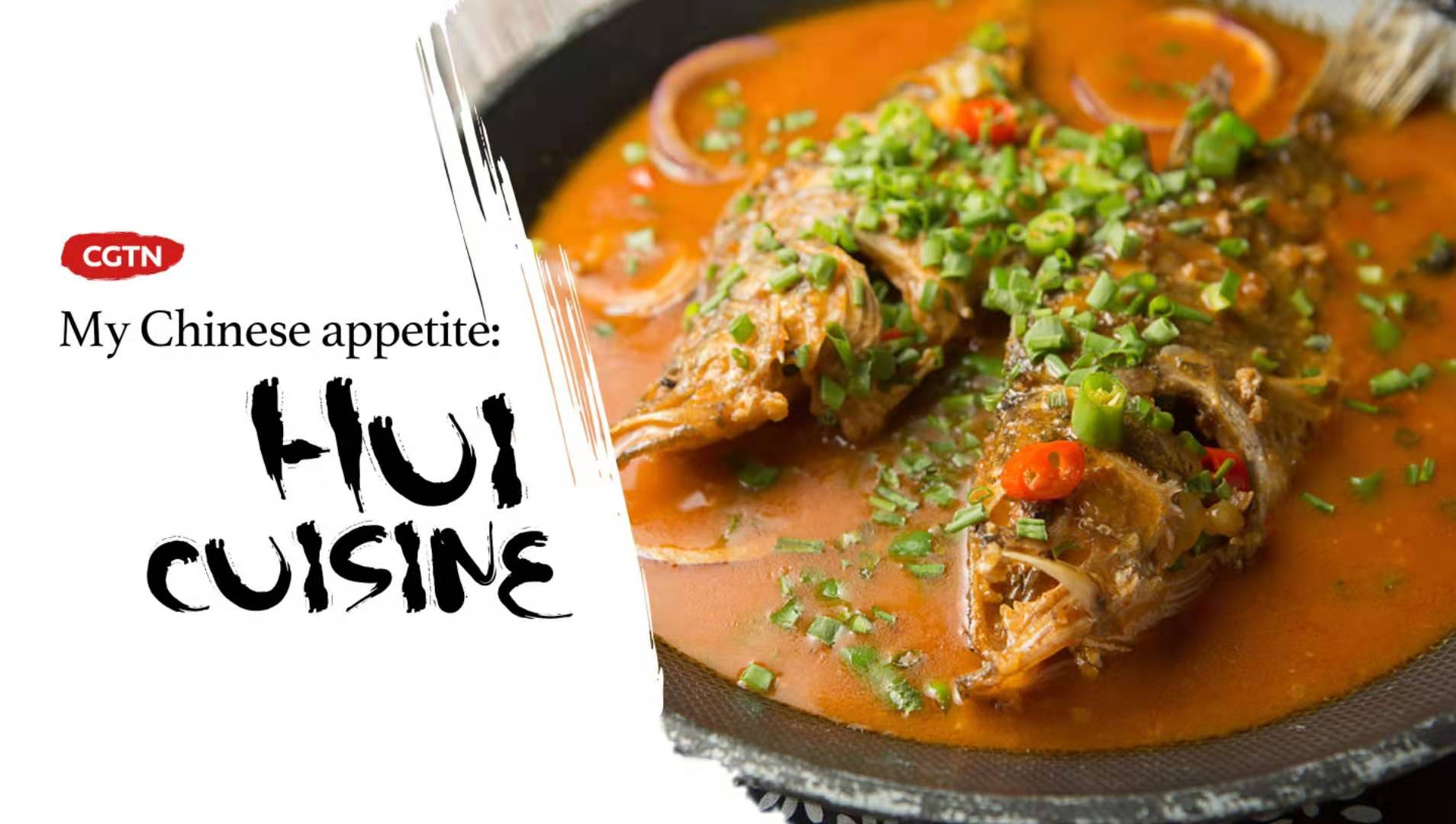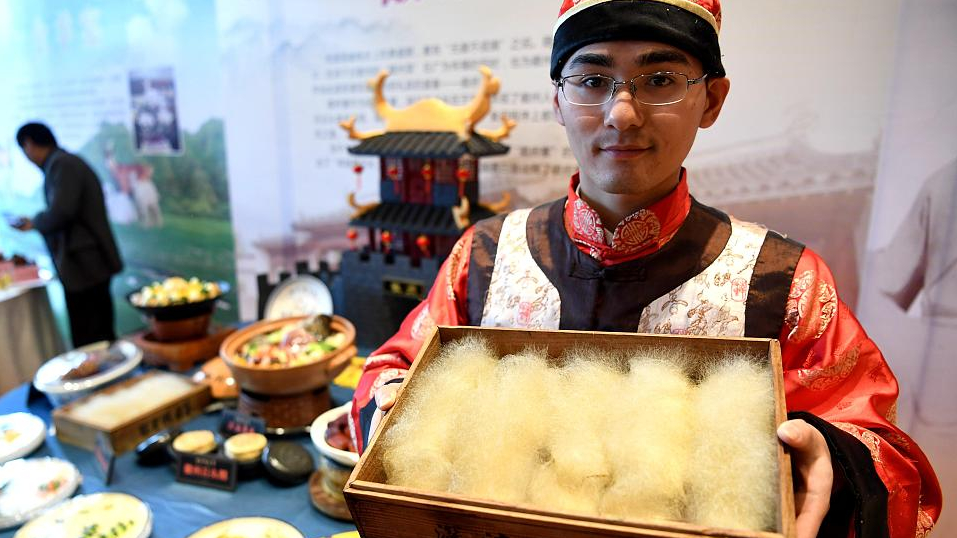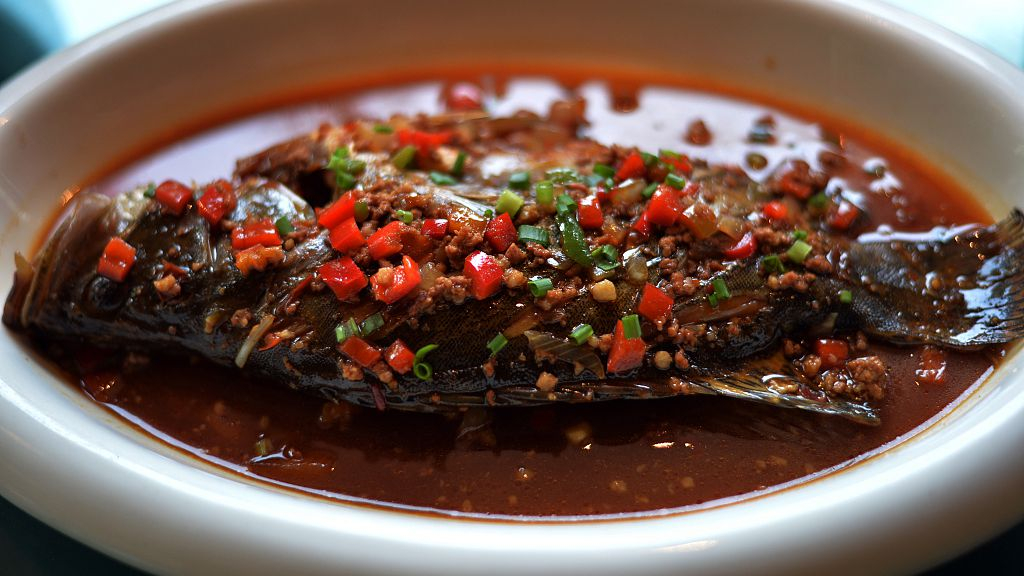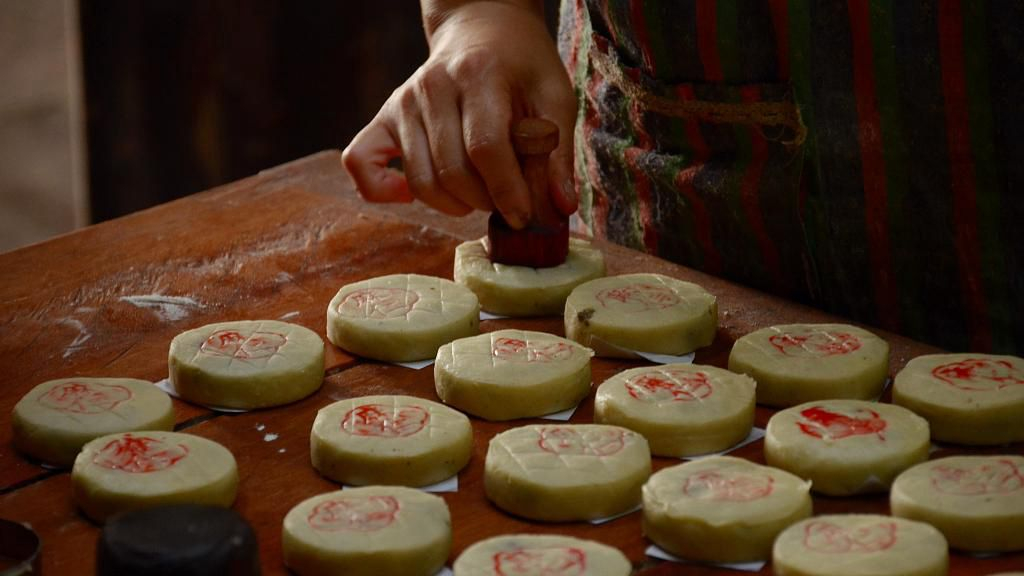

China's "Eight Cuisines"
China has had a long culinary history. In the Shang and Zhou Dynasties (1600-221 B.C.), Chinese cuisine was well developed in terms of cooking methods and dishes taken as part of culture.
Four of the "Eight Cuisines" were publicly recognized as the most mature cooking styles in the early Qing Dynasty (1644-1911), which can be found in recorded Chinese history in a book “Qing Bai Lei Chao.” They consist of the Lu cuisine, which originated from today's Shandong Province; the Yue cuisine, also known as the Cantonese cuisine, originated from Guangdong Province; Chuan cuisine, nurtured by its birthplace in Sichuan Province; and Su cuisine, from today's eastern coastal province of Jiangsu.
In culinary culture, one can easily find the wisdom and tastes of people who have unlocked the challenges of the unpleasant side of local weather, and the technique of making good use of local ingredients for cooking. The tastes have gone on to make further impact, some even shaping the personalities of the people who invented them.
CGTN presents you with their signature dishes and cooking methods, should your taste buds and stomach start to whisper, “My appetite feels a little Chinese today.”
Hui Cuisine
Many people think that Hui Cuisine refers to cuisine in the Chinese province of Anhui, but in fact, it refers to Huizhou cuisine. Located in southern Anhui, Huizhou included Anhui's Huangshan City and Jixi, Xiuning, and Wuyuan counties, the latter of which now belongs to Jiangxi Province. Signature cooking techniques of the cuisine incorporate stewing and steaming, but not much frying. It relies on oil, a sauce that adds heavy color to the food, and a big fire.

Fermented Tofu with Chilli. /VCG Photo

A man showcasing edible fermented tofu. /VCG Photo
Fermented Tofu can be found in fancy restaurants or street stands.
It is said that before Zhu Yuanzhang became the first emperor of the Ming Dynasty (1368-1644), and was losing a war near Huizhou City, his troops ran out of food. The soldiers could only find tofu left by citizens who fled to escape battles. The tofu fermented for too long, so Zhu and his men had no choice but to roast it. Somehow, they found the taste quite delicious.
This is supposed to be the story of fermented tofu. Today, people don't ferment it till it's gone bad and usually serve it with spicy sauce.

Marinated Chinese Perch. /VCG Photo
Originally, Chinese Perch was not found in waters near Anhui Province. In ancient times, a local businessman returned home from his travels with a very expensive Chinese Perch. He marinated it, hoping it could stay edible longer. But it was summertime, and the fish had gone bad, anyway before he arrived. The dish was preserved, as he insisted marinated Chinese Perch was delicious.

Moon-cakes stuffed with Mei Gan Cai. /VCG Photo
Another delicacy involves "Cai", vegetables in Chinese. Mustard green or cabbages are marinated before and after being dried under the sun, and then preserved. Mei Gan Cai is found almost everywhere in Hui Cuisine, such as stuffing for moon-cakes, a dessert.
Merchants from Huizhou contributed remarkably to the prosperity of the country during the late Ming and early Qing dynasties: they were among the top 10 business groups in China. They also brought Hui Cuisine to the many places they traveled. Today, the people of Huizhou have opened thousands of restaurants catering to Hui Cuisine. In Beijing, the Chinese capital, for instance, there are at least 200 such restaurants.

Copyright © 2018 CGTN. Beijing ICP prepared NO.16065310-3
Copyright © 2018 CGTN. Beijing ICP prepared NO.16065310-3